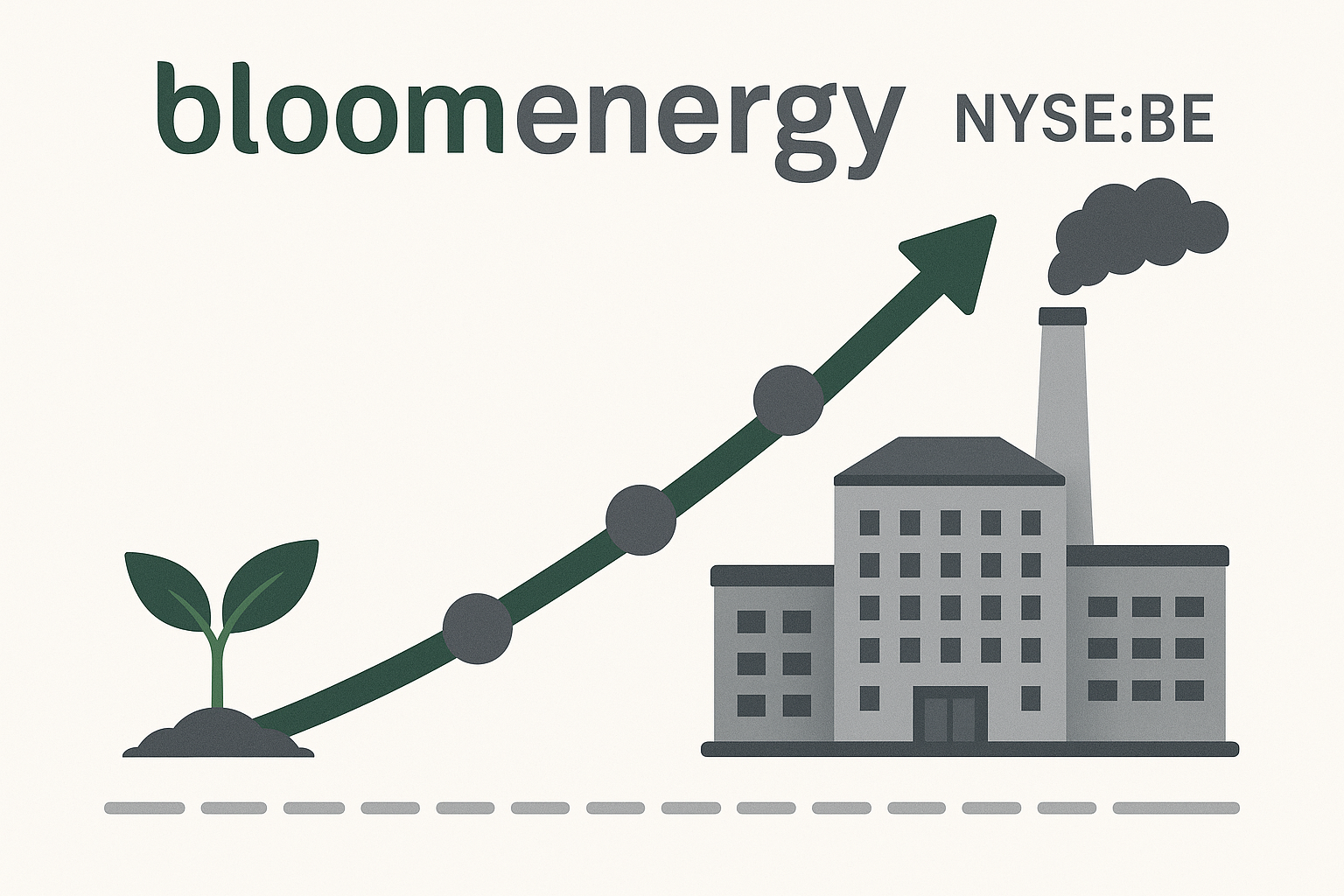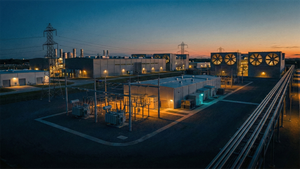
In the fast-evolving world of clean technology, few stories capture the spirit of innovation, resilience, and ambition quite like that of Bloom Energy. From its roots as a secretive Silicon Valley startup to its emergence as a publicly traded leader in distributed energy, Bloom Energy has navigated both hype and hardship on its path to redefining how the world generates and consumes power. Today, as the global push for decarbonization accelerates, the journey of Bloom Energy (NYSE: BE) offers a window into the triumphs and challenges facing the clean energy sector.
A Vision Born in Crisis
The seeds of Bloom Energy were planted in the aftermath of crisis. In the early 2000s, K.R. Sridhar, then a professor at the University of Arizona, was working on NASA’s Mars program. His mission: to build a device capable of creating oxygen and fuel from the Martian atmosphere. When NASA’s Mars plans shifted, Sridhar turned his attention to Earth, determined to address one of humanity’s greatest challenges—reliable, clean, and affordable energy.
Sridhar believed that solid oxide fuel cells (SOFCs), which can convert fuel directly into electricity without combustion, offered a radical alternative to traditional power generation. In 2001, he founded Ion America, which would later become Bloom Energy, with a vision of making clean, distributed energy a reality for businesses and communities.
Stealth Mode and Silicon Valley Hype
For much of the 2000s, Bloom Energy operated in near-total secrecy, earning a reputation as one of Silicon Valley’s most mysterious startups. Funded by blue-chip venture capital firms like Kleiner Perkins and New Enterprise Associates, the company raised hundreds of millions of dollars—at one point becoming one of the most highly valued private cleantech companies in history.
Bloom’s technology, the Bloom Energy Server or “Bloom Box,” was billed as a transformative product: a refrigerator-sized fuel cell that could deliver reliable, clean electricity on-site, using a variety of fuels, including natural gas, biogas, or hydrogen. Early pilot customers included eBay, Google, FedEx, and Walmart, all seeking ways to reduce emissions and bolster energy resilience.
In 2010, Bloom Energy came out of stealth with a splash, unveiling the Bloom Box on “60 Minutes” and fueling both excitement and skepticism. Could a single startup disrupt the massive, entrenched energy sector?
Early Wins and Growing Pains
Initial deployments of Bloom Boxes proved the core concept—customers could use Bloom’s servers to produce power on-site, reducing reliance on the electric grid and lowering their carbon footprint. For companies with energy-intensive operations or demanding uptime requirements, such as data centers and hospitals, the promise was compelling.
But commercializing fuel cell technology at scale proved challenging. Manufacturing costs were high, maintenance was complex, and the economics depended on a patchwork of state and federal incentives. Critics noted that Bloom’s units, while cleaner than coal or oil, still largely depended on natural gas, raising questions about their “green” credentials.
Still, Bloom pressed on, continuously improving efficiency and durability. By 2015, the company had installed hundreds of megawatts of capacity and was serving Fortune 500 customers across the U.S.
Going Public: A New Era
In 2018, after nearly two decades as a private company, Bloom Energy made its long-anticipated debut on the New York Stock Exchange, trading under the symbol (NYSE: BE). The IPO raised over $270 million and provided Bloom with the capital to scale manufacturing, expand internationally, and accelerate product development.
Going public also brought new scrutiny. Investors questioned the path to profitability and the company’s ability to compete with falling costs for solar, wind, and battery storage. At times, (NYSE: BE) shares were volatile, reflecting both market sentiment and the broader volatility of the clean tech sector.
Innovation, Diversification, and Global Expansion
Undeterred, Bloom doubled down on innovation. The company launched next-generation fuel cell systems with higher efficiency and longer lifespans. It began offering solutions tailored for critical infrastructure, including hospitals and microgrids for disaster resilience—capabilities that proved vital during California’s wildfire-induced power outages and the COVID-19 pandemic.
Recognizing the energy transition’s global nature, Bloom expanded into international markets, notably South Korea, India, and Europe. The company also embraced the future of hydrogen, unveiling plans for solid oxide electrolyzers that can produce clean hydrogen—a potential game-changer for decarbonizing hard-to-abate sectors like steel and shipping.
In recent years, Bloom Energy has pivoted towards a broader platform strategy, offering a portfolio of products spanning power generation, energy storage, and green hydrogen production. This diversified approach positions the company at the heart of the evolving distributed energy landscape.
Challenges and the Road Ahead
Despite its many milestones, Bloom Energy’s journey has not been without setbacks. The company has faced lawsuits, regulatory hurdles, and shifting subsidy landscapes. Critics continue to debate the environmental benefits of Bloom’s technology, especially when powered by fossil fuels. Profitability remains a work in progress, with the company investing heavily in R&D and global expansion.
Yet, in a world increasingly defined by climate risk and energy uncertainty, Bloom Energy’s original vision—decentralized, resilient, and low-carbon power—has never felt more relevant. Governments and corporations are accelerating commitments to net-zero emissions, and the demand for reliable, on-site energy solutions continues to grow.
For Bloom Energy, the future hinges on delivering on the promise of its technology, navigating market shifts, and continuing to drive costs down. Whether powering a data center, an island grid, or the hydrogen economy of tomorrow, the company’s story remains a testament to both the promise and the perils of the clean energy revolution.
Disclaimer: This article is for informational purposes only and does not constitute investment advice. Please conduct your own research or consult a financial professional before making investment decisions. The author does not hold a position in Bloom Energy or any other company mentioned.




